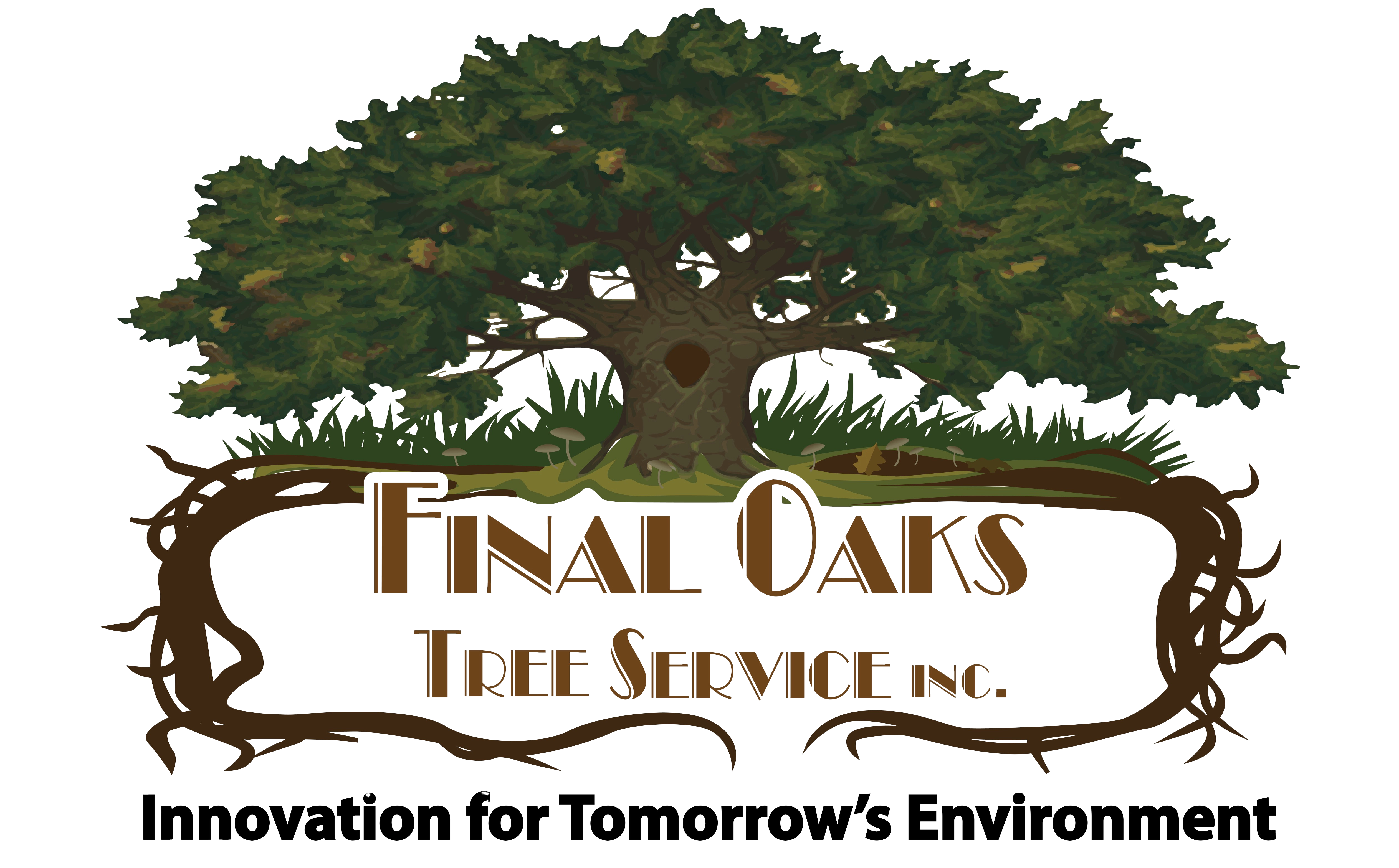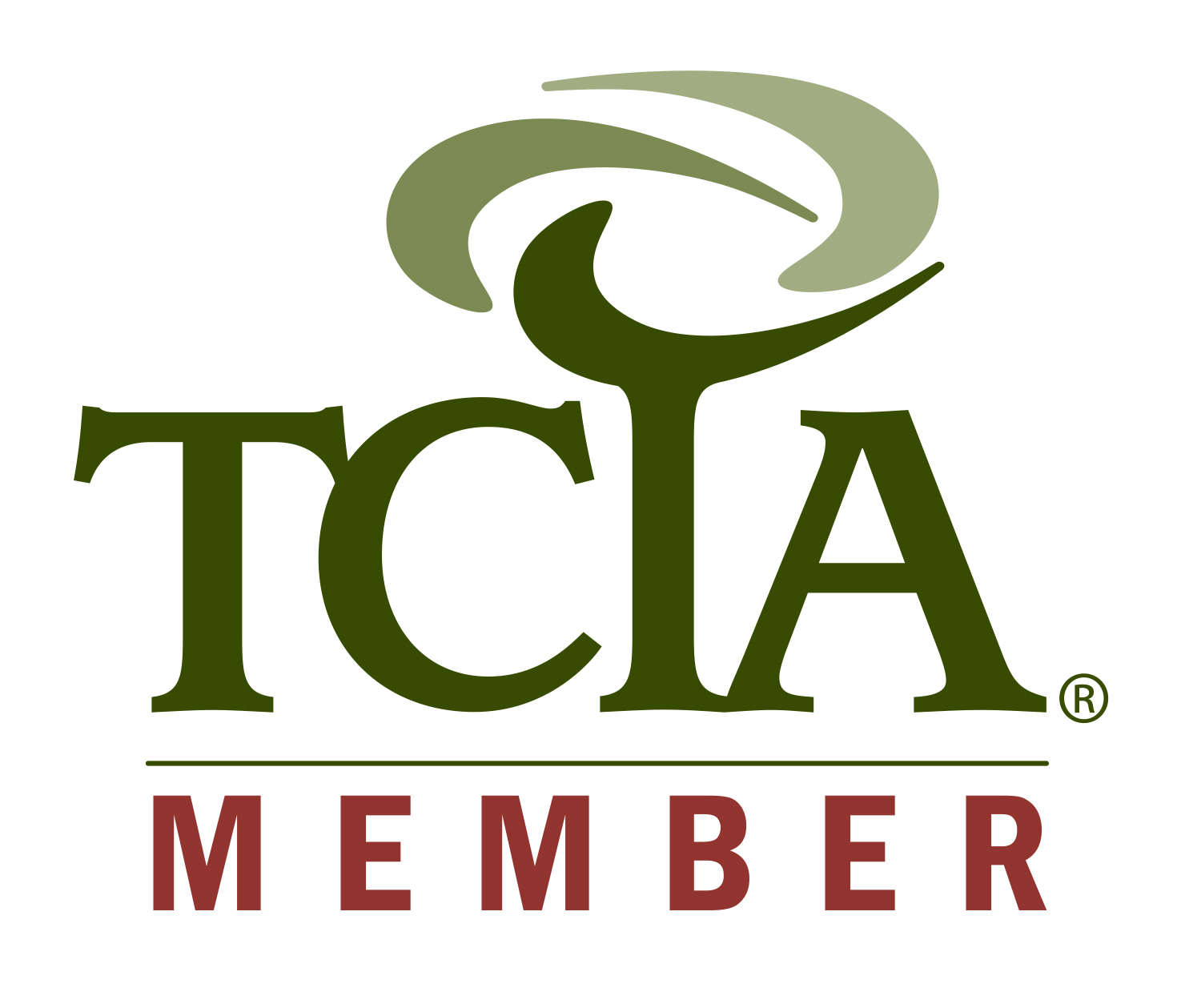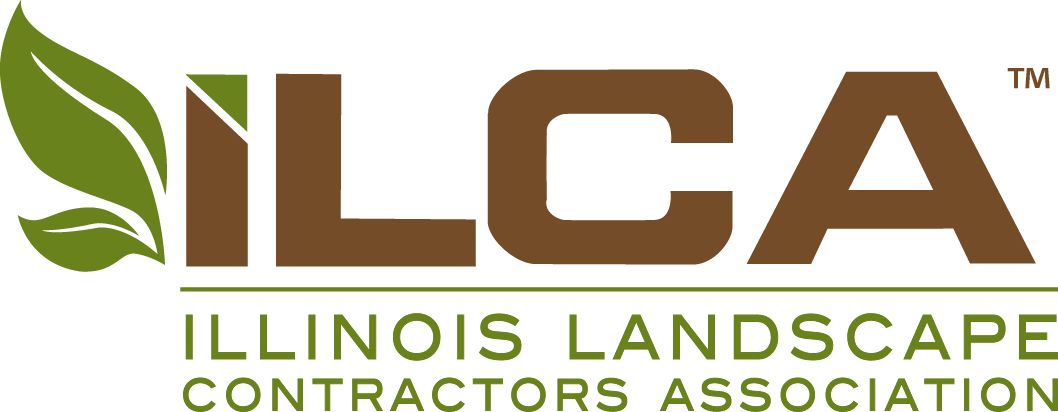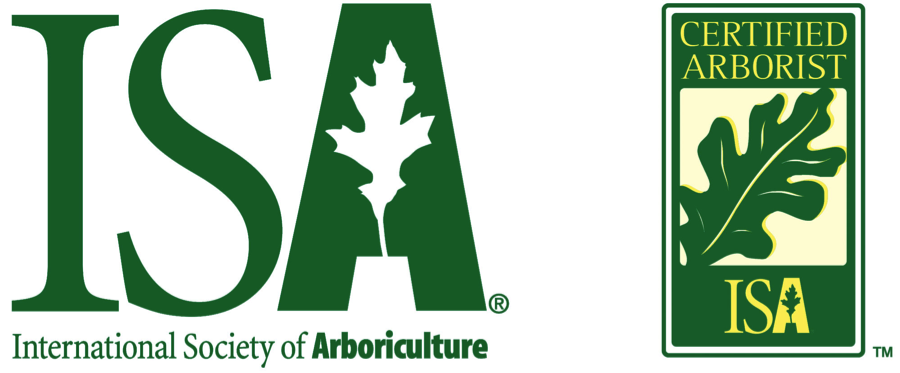Taking down a tree is not a simple DIY job.

To safely remove a tree near your house, you should hire a professional tree service. They have the right tools and know-how to do the job without risk.
Pros can cut the tree in sections and lower branches with ropes to control where they fall.
Before any work starts, check if you need a permit. Some towns require approval to remove trees, even on private land.
You’ll also want to alert your neighbors about the planned tree removal. This helps avoid surprises and keeps everyone in the loop.
Evaluating the Tree and Surrounding Area
Before removing a tree near your house, you need to check its condition and look for any risks. This helps you plan the safest way to take it down.
Assessing Tree Health and Stability
Look at the tree’s overall shape and growth. A tree leaning to one side or with uneven branch growth may be unstable.
Check for signs of decay like cracks, holes, or mushrooms growing on the trunk. These can mean the tree is weak and may fall unexpectedly.
Look closely at the leaves and branches. Dead or falling branches are a bad sign.
Sparse leaf growth or discolored leaves can point to pests or diseases. If you’re not sure, ask a professional arborist to check the tree’s health.
For large trees, pay extra attention to the roots. Exposed or damaged roots can make the tree unstable.
Look for raised soil or cracks in the ground near the base of the tree.
Identifying Potential Hazards
Check what’s around the tree. Look for power lines or utility lines nearby. These can make tree removal dangerous and may need special care.
Note how close the tree is to your house, garage, or other buildings.
Look for objects that could get in the way during removal. This includes fences, outdoor furniture, or play equipment. Plan how to protect or move these items.
Check the area where the tree might fall. Make sure there’s enough clear space. If not, you may need to remove the tree in sections.
Be aware of any slopes or uneven ground that could affect how the tree falls.
Consider weather conditions. Wind can change how a tree falls. Wet ground can make the work area slippery and dangerous.
Legal and Safety Considerations
Removing a tree near your house requires careful planning and preparation. You need to follow local laws and use proper safety gear to avoid accidents or legal issues.
Understanding Local Regulations
Before cutting down a tree, check your local laws. Many areas have rules about tree removal, especially for large or protected trees.
You may need a permit or approval from your city or homeowners association.
Contact your local government office to learn about:
- Permit requirements
- Protected tree species
- Restrictions on when you can remove trees
- Fines for illegal tree removal
Some places require you to hire a certified arborist for tree removal. This ensures the job is done safely and legally.
If the tree is near property lines, talk to your neighbors. Get their permission if branches extend onto their land.
Preparing Safety Equipment
Proper safety gear is crucial when removing a tree. It protects you from falling debris and equipment injuries.
Essential safety equipment includes:
- Hard hat
- Safety glasses
- Earmuffs or earplugs
- Steel-toed boots
- Gloves
- Kevlar chaps (for chainsaw use)
Inspect all equipment before use. Make sure chainsaws are sharp and working properly.
Clear the area around the tree of people, pets, and valuable items.
Consider hiring professionals if you lack experience or proper equipment. They have the skills and tools to remove trees safely.
Planning the Removal Process
Before cutting down a tree, you need a solid plan. This keeps you safe and ensures the tree falls where you want it to.
Let’s look at two key parts of planning.
Creating a Felling Plan
Start by checking which way the tree naturally leans. This helps you decide where it should fall.
Pick a felling zone that’s clear of buildings, power lines, and other trees.
Next, plan your cuts. You’ll make two cuts to form a notch on the side of the tree facing the fall direction. Then, you’ll make the felling cut on the opposite side.
If the tree is big or leans the wrong way, use a rope to guide it. Tie the rope high in the tree and have someone pull it as you cut.
Establishing Escape Routes
Your safety is crucial. Plan two escape routes before you start cutting. These should be at 45-degree angles away from the expected fall line.
Clear these paths of any obstacles. You need to move quickly when the tree starts to fall. Each route should extend at least 15 feet from the tree.
Mark your escape routes clearly. You can use bright tape or flags. Practice using these routes before you start cutting.
Remember, if anything goes wrong during the cut, use your escape route immediately. Don’t try to save your tools. Your safety comes first.
Executing the Cut
Cutting down a tree near your house requires precision and careful technique. The process involves three key steps that must be performed in the correct order to ensure safety and control.
Performing the Notch Cut
The notch cut is the first and most important step. It determines the direction the tree will fall.
Use your chainsaw to make a horizontal cut on the side of the tree facing the fall direction. This cut should go about 1/3 of the way into the trunk.
Next, make a downward cut at a 45-degree angle above the first cut. The two cuts should meet perfectly. Remove the wedge-shaped piece of wood.
Check that your notch is in line with the planned fall direction. A well-made notch cut is crucial for a safe and controlled tree fall.
Making the Felling Cut
The felling cut is made on the opposite side of the notch cut. Start this cut slightly higher than the bottom of the notch cut.
Slowly cut straight into the tree with your chainsaw. Stop when you’re about 1-2 inches from the notch cut. This creates a hinge that controls the tree’s fall.
If the tree doesn’t start falling, use felling wedges. Insert them into the felling cut and tap them in gently. This helps push the tree in the right direction.
Finalizing the Back Cut
The back cut is the final part of the felling cut. It releases the tension holding the tree upright.
Continue the felling cut carefully. Keep an eye on the tree’s movement.
As soon as you notice the tree starting to lean, remove the chainsaw and move away quickly.
Use your escape route, moving at a 45-degree angle away from the fall direction. Don’t turn your back on the falling tree. Stay alert for falling branches or a sudden change in fall direction.
Remember, tree felling is dangerous. If you’re not confident in your skills, it’s best to hire a professional arborist to safely remove the tree.
Post-Felling Procedures

After a tree falls, you need to take several steps to clean up and process the wood safely. These steps involve dealing with the trunk, clearing branches, and handling the stump.
Managing the Tree Trunk
Start by assessing the trunk’s position. If it’s not on the ground, use a winch or cable system to lower it safely.
Cut the trunk into manageable sections, a process called bucking.
Use a chainsaw for larger trunks or a pruning saw for smaller ones. Make cuts perpendicular to the trunk’s length.
Keep these safety tips in mind:
- Wear protective gear (helmet, goggles, gloves)
- Stand on the uphill side when cutting on slopes
- Be aware of tension in the wood to avoid kickback
If you plan to use the wood for firewood, a log splitter can make the job easier and safer.
Clearing Limbs and Branches
Remove branches from the trunk, starting from the base and moving towards the top. This process is called limbing.
Use these tools based on branch size:
- Small branches: Pruning shears
- Medium branches: Pruning saw
- Large branches: Chainsaw
Work methodically around the trunk, cutting branches flush with the trunk surface.
Be cautious of branches under tension, as they can spring back when cut.
Pile cut branches separately from the trunk sections. You can chip small branches for mulch or dispose of them according to local regulations.
Handling the Tree Stump
Decide whether to remove the stump or leave it in place.
Removal options include:
- Grinding: Hire a professional with a stump grinder
- Chemical treatment: Apply stump killer to speed up decay
- Manual removal: Dig around the stump and cut main roots
If keeping the stump, consider these ideas:
- Turn it into a planter
- Create a decorative feature in your landscape
- Let it decay naturally (takes several years)
Remember to check local regulations about stump removal and disposal.
Some areas have specific rules to prevent the spread of tree diseases.
Cleanup and Wood Disposal

After removing a tree near your house, you’ll need to deal with the leftover debris and wood.
Proper cleanup ensures your yard stays safe and tidy. You can also repurpose some of the wood for practical uses.
Removing Debris
Start by picking up small branches and twigs. Use a rake to gather leaves and sawdust.
Put these in yard waste bags or a compost bin. For larger branches, cut them into smaller pieces with pruning shears or a chainsaw.
Wear gloves and safety glasses during cleanup.
If you used a professional tree removal service, they may handle debris removal. Ask about this when booking.
Don’t forget the stump. You can grind it down or remove it entirely. Stump removal may require special equipment. Fill the hole with soil afterward.
Clean tools with soap and water. Disinfect chainsaws and other cutting tools to prevent disease spread.
Repurposing as Firewood
Many tree species make excellent firewood.
Cut the trunk and large branches into logs. Split logs into smaller pieces for easier burning. Stack firewood in a dry, well-ventilated area.
Allow wood to season for 6-12 months before burning. This reduces moisture content and improves burning quality.
Different wood types have varying heat outputs and burn times.
Here’s a quick guide to common firewood types:
- Oak: High heat, slow-burning
- Maple: Medium heat, clean-burning
- Pine: Low heat, quick-burning (best for kindling)
Remember to check local regulations. Some areas restrict firewood transport to prevent pest spread.
If you can’t use all the wood, consider donating to neighbors or local firewood banks.
Hiring a Professional Arborist
Removing a tree near your house can be risky. It’s often best to hire a professional arborist for this job. These experts have the skills and tools to safely take down trees.
When looking for an arborist, check their credentials. A good arborist should be certified and insured. Ask for proof of both before hiring.
Get quotes from several tree removal services. Compare prices, but don’t just go for the cheapest option. Quality and safety matter more than cost.
Ask about their experience with trees like yours. A pro should be able to explain their plan clearly. They should also discuss any risks involved.
Here’s what to look for in a good arborist:
- Proper safety gear and equipment
- Knowledge of local regulations
- References from past clients
- A detailed, written estimate
Before work starts, make sure you understand the full scope. Ask if they’ll remove the stump and clean up debris. Get everything in writing to avoid surprises later.
A certified arborist can also help with other tree care needs. They can trim branches, treat diseases, and give advice on tree health.
Remember, tree removal is dangerous work. Don’t try to do it yourself if you’re not trained. A pro can get the job done safely and efficiently.






